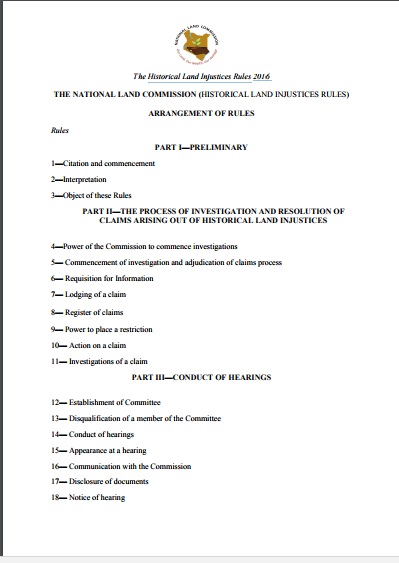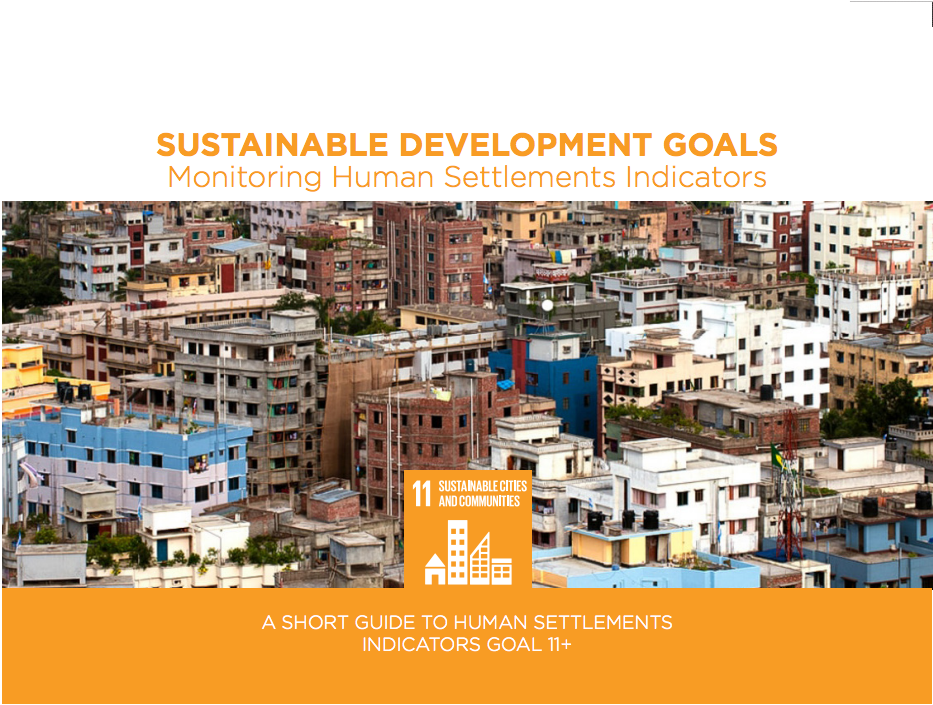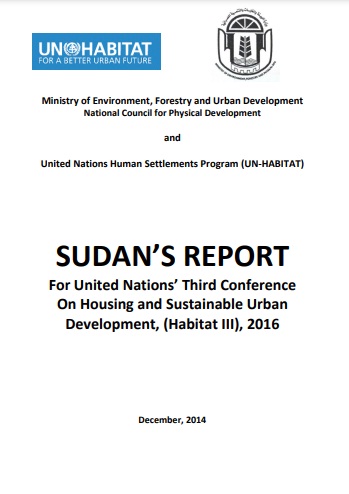Attitudes of a farming community towards urban growth and rural fragmentation—An Auckland case study
As the global population continues to increase, rural areas are expected to accommodate future growth at the same time as continuing to feed growing populations. This tension is greatest on those who farm land that is earmarked for future urban growth. Yet, little is known about the attitudes and values of the affected rural farming communities or farmers’ perceptions of the challenges and opportunities that population growth presents.








